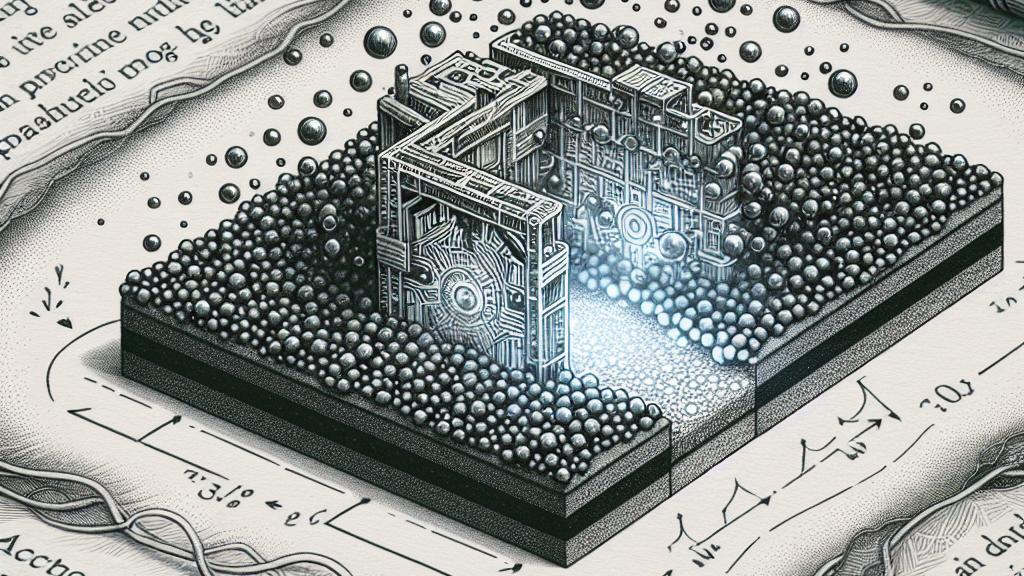Electric Nanogates Control Molecule Movement
Overview
- Osaka University's electric nanogate uses voltage to finely control how molecules pass through tiny pores.
- This innovative device has immense potential for applications in biosensing, pharmaceuticals, and smart technologies.
- Its ability to respond dynamically to electrical signals could lead to significant advancements in molecular detection and chemical processes.

The Innovation Behind Electric Nanogates
Picture a tiny switch—so small it can manage intricate molecular movements with just the flick of an electric current. That’s what Osaka University has crafted with their electric nanogate! This awe-inspiring device, built into a silicon nitride membrane, can selectively allow or block molecules based on the voltage applied. Imagine it like a precise gatekeeper! When negative voltage is introduced, materials accumulate and seal the gate, halting molecular passage. Conversely, flipping the voltage can dissolve those materials, instantly reopening the gate. Such precision not only captivates the imagination but also heralds a new era in various scientific fields.
Applications of Electric Nanogates
Now, let’s explore what makes electric nanogates a game-changer. They can precisely regulate ionic currents, functioning similarly to traffic lights in a busy city. Visualize this: in medical settings, these gates could be utilized to detect single DNA molecules. This advancement would represent a monumental leap in diagnostic techniques, enabling faster and more accurate disease identification! Furthermore, imagine designing biosensors that adapt in real-time to bodily changes, thanks to these expertly controlled nanogates. The adaptability to customize for specific molecules amplifies the potential in drug discovery—this technology can unlock new pathways for therapeutic applications and enhance patient care significantly.
Future Implications of Nanogate Technology
The future of nanogate technology is not just bright—it's practically dazzling! Beyond molecular control, these gates may evolve to function as memristors, revolutionizing data storage and processing. Picture devices that are not only faster but also incredibly efficient—this could reshape the very landscape of computing technology. By fine-tuning pore sizes, scientists can create specialized nanopores that interact with various substances, like a tailor designing a perfect suit. Such innovations could lead to smart drug delivery systems that release medications exactly when needed, personalized to each patient's unique biological signals. As we delve deeper into the capabilities of electric nanogates, we stand on the brink of remarkable innovations that promise to transform healthcare and technology, forever altering the way we interface with the world on a molecular level.

Loading...